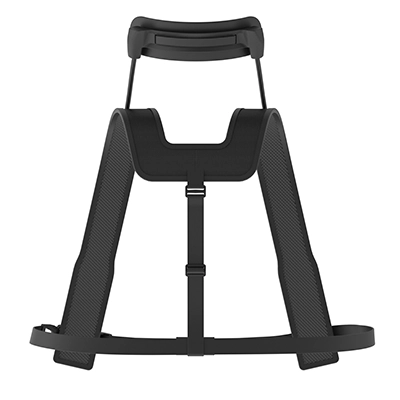More than 30% of workplace accidents are linked to poor posture or repetitive movements, according to EU-OSHA. These...
-
Our exoskeletons
add remove
- Make an appointment
- Contact us add remove
- Warranty statement
- News
Your job
- Agriculture professions add remove
- Building trades add remove
-
Logistics professions
add remove
-
Health professions
add remove
- Paramedic
- Medical laboratory technician
- Other trades add remove
-
Our exoskeletons
add remove
- Make an appointment
- Contact us add remove
- Warranty statement
- News
Search
Categories
Latest posts

You often hear about the RULA method, but do you know why it's essential for assessing workplace risks?Today, we're...

Today, we want to remind you of the importance of preventing Musculoskeletal Disorders (MSD) and how LEA remains your...

LEA is widely used in France and the rest of the world. More than 30,000 analyses have already been carried out by...

Thanks to over 20,000 LEA analyses carried out in France, we benefit from unprecedented visibility of postural risks...
Optimized ergonomics with LEA - Save time and reduce the risk of MSD
| Cliquez ici pour lire cet email en français | ||||||||||||||||||||||||||||||||||||||||||||||||||||||||||||||||||||||||||||
| ||||||||||||||||||||||||||||||||||||||||||||||||||||||||||||||||||||||||||||
| ||||||||||||||||||||||||||||||||||||||||||||||||||||||||||||||||||||||||||||
| ||||||||||||||||||||||||||||||||||||||||||||||||||||||||||||||||||||||||||||
Related posts
 Understanding Postural Analysis with LEA
Understanding Postural Analysis with LEA
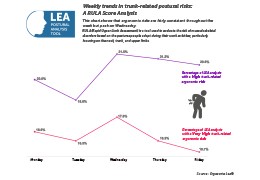 Which is the riskiest day? An analysis based on LEA data
Which is the riskiest day? An analysis based on LEA data
 Mapping Postural Risks in France: A Regional Analysis
Mapping Postural Risks in France: A Regional Analysis
 Postural risks in construction and logistics
Postural risks in construction and logistics
 Back or shoulders? Only 10% of workers at risk on both fronts - What does this mean?
Back or shoulders? Only 10% of workers at risk on both fronts - What does this mean?

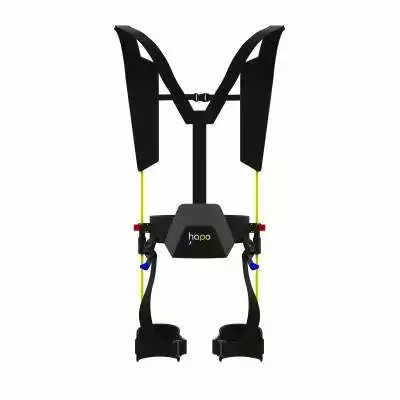
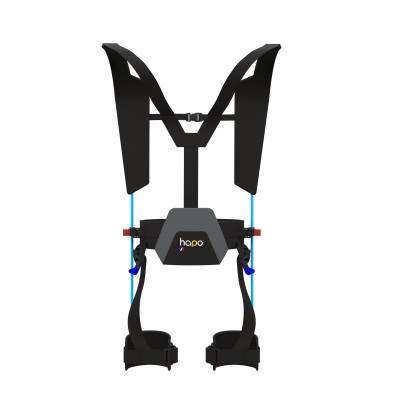
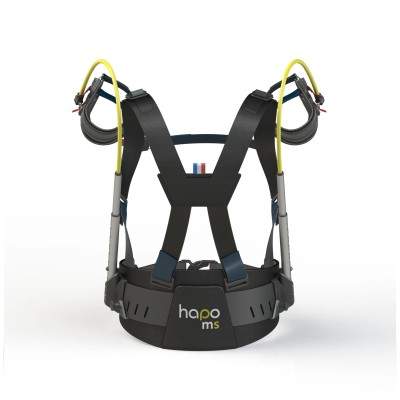
.jpg)
